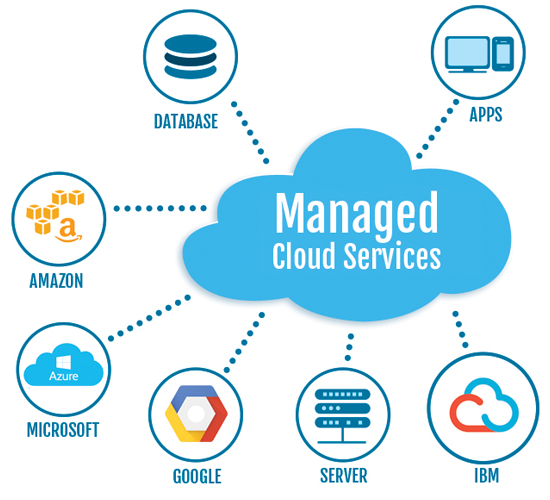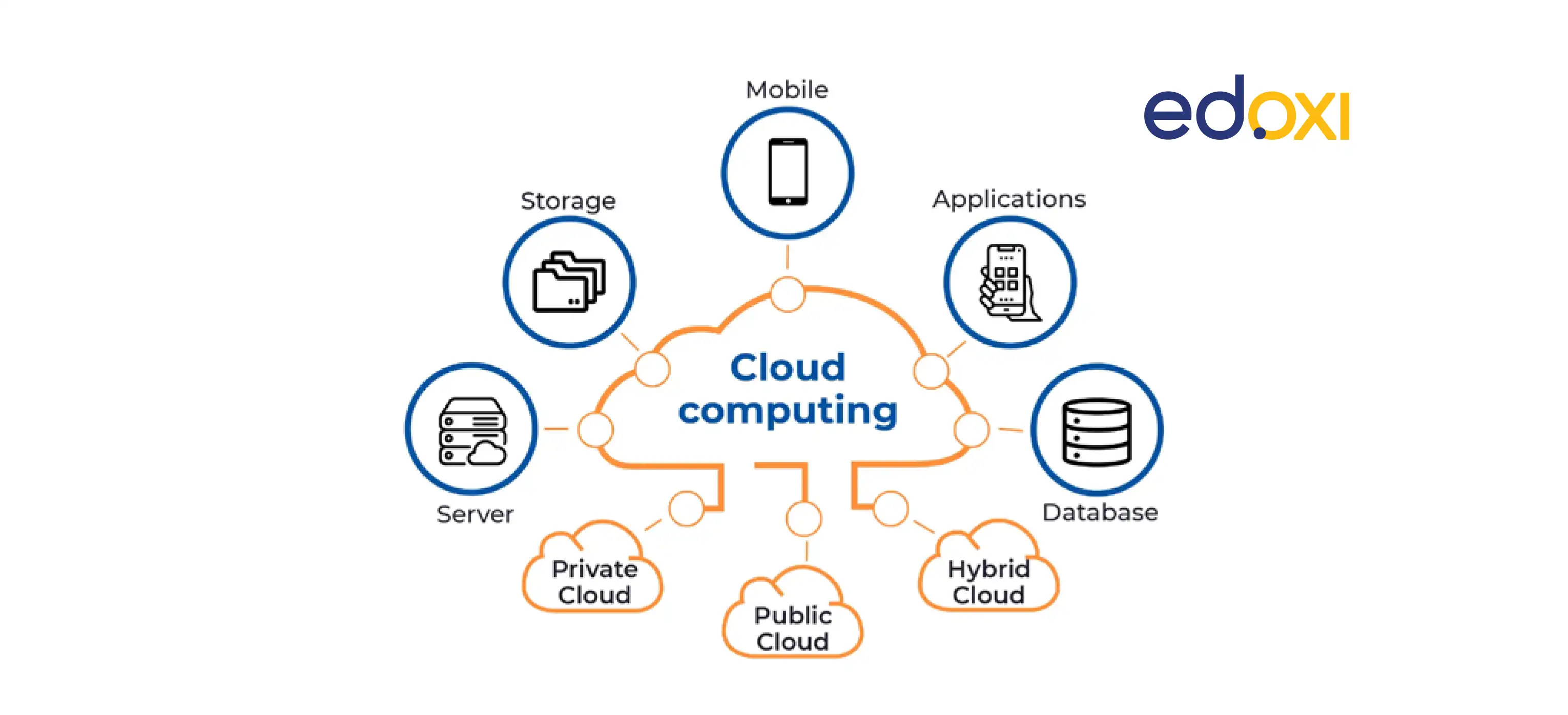LinkDaddy Cloud Services Introduced: Specialist Methods for Cloud Services Press Release Quality
LinkDaddy Cloud Services Introduced: Specialist Methods for Cloud Services Press Release Quality
Blog Article
Simplify Your Framework With Cloud Provider
As services browse the ever-evolving landscape of innovation and information management, the duty of cloud services in streamlining infrastructure has come to be increasingly popular. The appeal of structured procedures, boosted performance, and improved source allocation via cloud options is indisputable. Nonetheless, the trip in the direction of a more dexterous and affordable IT facilities entails greater than simply migrating to the cloud. It needs a strategic approach and a deep understanding of the nuances of cloud adoption. So, how can businesses properly navigate this shift and really open the capacity of cloud services for simplifying their infrastructure?
Advantages of Cloud Provider
Cloud services supply a structured method to managing IT infrastructure, offering organizations with adaptability, cost-efficiency, and scalability. Among the key advantages of cloud solutions is the scalability they provide. Organizations can quickly scale their sources up or down based upon need, ensuring they just pay for what they make use of. This adaptability is particularly helpful for organizations with changing needs or those experiencing development.
In addition, cloud services remove the need for companies to buy costly software and hardware. This cost-efficiency is a substantial advantage, specifically for little to medium-sized enterprises aiming to decrease ahead of time expenses. By utilizing cloud services, organizations can access top quality IT sources without the significant cost connected with conventional framework configurations.
In addition, cloud solutions provide organizations with the versatility to access their data and applications from anywhere with an internet link. This degree of accessibility improves cooperation among groups, makes it possible for remote work, and enhances total productivity. The flexibility provided by cloud services empowers companies to adapt rapidly to changing market problems and client demands.
Cost Cost Savings and Scalability
Along with the operational benefits highlighted earlier, the combination of cloud services right into a company's framework produces substantial price financial savings and improved scalability. Cloud solutions provide a pay-as-you-go version, enabling organizations to scale resources up or down based on present demands, thus avoiding the prices connected with keeping excess ability. This flexibility enables firms to adjust quickly to fluctuating needs without sustaining unneeded expenditures.
Furthermore, cloud services eliminate the requirement for in advance financial investments in equipment and software program, decreasing capital investment. Operating expenditures are likewise decreased as business no more need to manage and keep physical web servers, causing lower energy consumption and IT staffing costs. Additionally, cloud services supply automated updates and upkeep, guaranteeing that the infrastructure stays updated and protected without calling for hands-on treatments.
Improved Safety Measures
Executing rigid protection steps is paramount when integrating cloud solutions into a firm's infrastructure to protect delicate data and make certain conformity with sector policies. Cloud service companies use boosted protection features such as information encryption, firewall program protection, and multi-factor authentication to mitigate cybersecurity dangers.
Moreover, normal security audits and compliance assessments aid guarantee and identify vulnerabilities adherence to sector criteria. Business can also gain from features like automatic safety and security updates and real-time danger tracking provided by cloud company. By prioritizing protection measures and staying positive in dealing with prospective risks, services can confidently utilize cloud solutions while shielding their valuable information from wikipedia reference unauthorized accessibility or violations.
Transitioning to Cloud Facilities
To effectively Continue incorporate cloud services into a firm's facilities, a structured strategy that addresses the change in the direction of cloud-based solutions is critical. Transitioning to shadow framework entails mindful planning and implementation to make sure a smooth migration process. The initial step is to analyze the existing infrastructure and figure out which systems and applications appropriate for movement to the cloud. This examination ought to consider factors such as information sensitivity, conformity demands, and performance requirements.
As soon as the assessment is total, a movement strategy should be created. This approach ought to lay out the timeline, resources, and obligations for moving each part to the cloud. It is necessary to connect this strategy clearly to all stakeholders to make certain positioning and decrease interruptions throughout the shift.
Throughout the movement monitoring, testing and process are important to determine and attend to any problems promptly. Normal checkpoints ought to be developed to track development and make necessary changes. In addition, training for workers on using cloud services ought to be given to make sure a successful change and take full advantage of the benefits of the brand-new infrastructure.
Best Practices for Cloud Fostering
Successful fostering of cloud services depends upon the calculated positioning of organization purposes with technical capacities and organizational readiness. To ensure a smooth transition to the cloud, organizations must begin by carrying out a thorough assessment of their existing infrastructure and identifying which workloads are best suited for cloud migration. It is important to involve essential stakeholders from different departments in the decision-making procedure to obtain buy-in and address any kind of concerns beforehand.
One more ideal technique for cloud adoption is to focus on click site safety and security and conformity. Organizations has to carefully review the safety steps supplied by cloud provider and ensure that their data is shielded according to sector requirements and governing requirements. Executing robust information encryption, accessibility controls, and routine safety and security audits can help alleviate dangers related to cloud fostering.

Final Thought

As companies navigate the ever-evolving landscape of modern technology and information monitoring, the duty of cloud services in simplifying framework has actually become progressively prominent - linkdaddy cloud services press release. Exactly how can services successfully browse this change and genuinely open the potential of cloud solutions for streamlining their facilities?
Cloud solutions offer a structured approach to handling IT infrastructure, offering organizations with adaptability, cost-efficiency, and scalability. By using cloud services, businesses can access top quality IT resources without the significant rate tag linked with standard facilities arrangements.
To make certain a smooth transition to the cloud, companies ought to start by conducting a comprehensive analysis of their present facilities and identifying which work are best matched for cloud movement.
Report this page